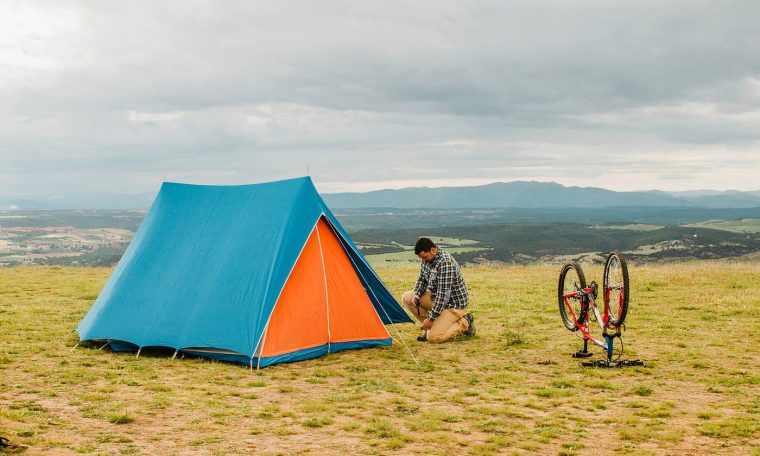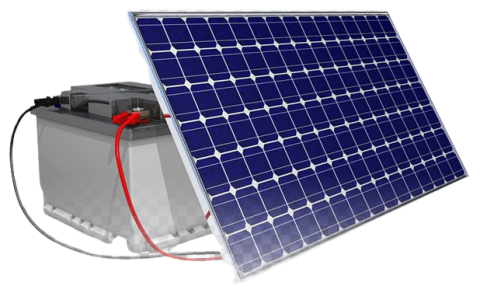
What is Tarpaulin and Why is it Important for Music Festivals?
Tarpaulin, or tarp for short, is a durable fabric that is heavily water-resistant and gives strong protection from the elements. Tarps are made from materials like polyethylene, polypropylene, vinyl, or canvas.
Holding musical events outdoors means expensive sound systems, lighting rigs, stages, and other technical equipment will be exposed to rain, sun, dust, and wind. Outdoor music festivals present challenging conditions that can damage instruments and electronics without proper protection.
Using Heavy Duty Tarpaulin for music festivals’ stage and equipment protection is a simple and affordable way to shield vulnerable components from moisture, particles, and temperature swings. This helps equipment last longer and avoids costly repairs or replacement.
Vinyl tarps are extremely waterproof and tear-resistant, making them a premium option, but also heavier. Canvas tarps are very breathable and allow ventilation, so they work well for enclosed green rooms compared to other plastics. However, the canvas needs occasional waterproofing.
Tarpaulin Material for Your Music Festival Needs
When selecting a tarpaulin material, you’ll want to consider key properties like durability, weight, water resistance, and UV resistance. The best option depends on your specific budget and intended application.
Polyethylene is extremely durable and can withstand years of frequent use. It is fully waterproof with a hydrostatic head usually over 1500mm. However, it is heavy duty and thick, weighing up to 12 ounces. Polyethylene is best for permanent heavy rain coverage where longevity is critical.
Polypropylene
Polypropylene provides excellent water resistance around 1000mm while having 30-50% lower weight than polyethylene at 6-10 ounces. It remains flexible in varying temperatures and resists dirt/mildew buildup. Polypropylene offers the best balance of features for regular stage, booth, and equipment tarping.
Vinyl
Vinyl is an ultra high-end option, fully waterproof and puncture/tear resistant. However, it is extremely heavy at 10+ ounces. Canvas Tarpaulin maintains the clarity of printed logos but is better suited for large tents not requiring frequent setup/takedown.
Canvas
Canvas breathes very well for covered areas that need airflow, but it requires treatments to be water-resistant. At 5-8 ounces, canvas tents and booths are decent for light rain. It may need re-proofing after several washes.
Some festivals experience long days with intense UV exposure. Tarps made with materials like polyethylene and polypropylene maintain integrity and color longer versus vinyl which can become brittle with UV degradation over time.
Thread composition
Tarps with polyester thread piping and reinforcement hold up much better than those with cotton. Polyester doesn’t rot from moisture exposure.
Grommet/tie placement
Heavier polyethylene tarps can come pre-equipped with evenly spaced grommets along the edges while lighter polypropylene may require tie tapes or rope every few feet for adequate tensioning.
Print or solid color options
Tarps can be purchased in solid colors, printed with logos/artwork, or printed after purchase. Printed tarps add some cost but allow easy branding. Solids work best for mismatching sponsor logos over time.
Specialized coatings
Some premium tarps have proprietary treatments like Teflon coatings for increased water repellency up to 5,000 hydrostatic heads. These coatings maintain functionality longer but command a higher price point.
Extra features
Consider covers with reinforced skirting to withstand wind underneath, hemmed edges for durability, and carrying handles, or storage bags for portability between venues.
Custom sizing
While most festival tarps have standard dimensions, rectangular drops or complex stage footprints can utilize tarps cut to measure for an exact fit.
Lead times
Larger bulk orders of printed tarps may require 4+ weeks to process versus in-stock solids shipping within days. Plan cover needs well in advance of events.
Tarpaulin Needs for a Music Festival Stage
It’s common to size tarps based on a triangle/apex method that takes advantage of gravity and wind resistance. Start by adding 3-6 feet all around the stage footprint.
Then if using single tarps, alternate attaching triangles along the edge at a 45° angle until the shape is covered. Ensure triangles are large enough such as 8×8 feet for secure anchoring.
Proper coverage protects the full stage from rain, sun, and wind at music festivals. Oversizing makes setup/breakdown easier versus inadequate tarp dimensions.
Protecting DJ Booths, Green Rooths, and Other Sensitive Equipment
While the main stage calls for large tarps, other areas need covers tailored for their mobile and lightweight equipment. This includes DJ booths, green rooms, medical tents, and hospitality zones.
DJ Booths
DJ booths require tarps engineered for frequent setup/breakdown. Look for lightweight polypropylene that bundles neatly. Opt for grommets around the perimeter rather than down the middle for easy “tenting”.
Green Rooms
Green rooms need enclosed privacy but also airflow, so tensioned canvas walls provide breathability. Consider vinyl doors or windows that zip closed during rain.
Medical Tents
Medical tents demand fully waterproof covers. Premium tarps with reinforced hems and tie-out points hold up to wind gusts. Hang a side tarp to block the weather from the entrance.
Soundboards
Soundboards get carefully wrapped in plastic sheets or heavy-duty tailored covers with securing straps. The equipment case covers shield fragile items.
- Bungees run diagonally under booth corners
- Ropes tied through grommets, double-knotted at even tension
- Metal stakes anchored through tarp grommets into the ground for windy areas
- Prong clips fastened along zipper-lined edges for tight sealing
Proper tarping of secondary areas prevents rain damage to DJ gear, green room comfort needs, and medical equipment at festivals. Choosing adaptable materials fitted precisely provides protected coverage where it’s required most.
Effective Tarp Set-Up and Take-Down Strategies
Having a smooth protocol makes tarp installations and takedowns efficient before and after festivals.
Set-Up:
Lay tarps flat on the ground and center over the stage/area. Starting from one corner, anchor perimeter grommets using stakes or tie points. Tension diagonal ropes/bungees attached through grommets on the fly. Add intermediate supports every 4-6 feet by tightly staking down additional ropes under the tarp. Tie off all ropes with a weather-proof knot like Figure Eight to withstand heavy winds.
Take Down:
Starting from one corner, untie perimeter ropes and lower tension on diagonal supports. Pull free stakes, and roll the tarp tightly to squeeze out wrinkles. Use ropes as a carrying Handle by threading through grommets along the edge. Carefully fold large tarps into thirds for compact storage or transport.
High Wind Protocol:
Add supplementary guylines every 2-3 feet along tarp edges and interior. Stake down using metal anchors inserted at an angle away from the tarp. Weave guylines underneath for stabilizing reinforcement.



